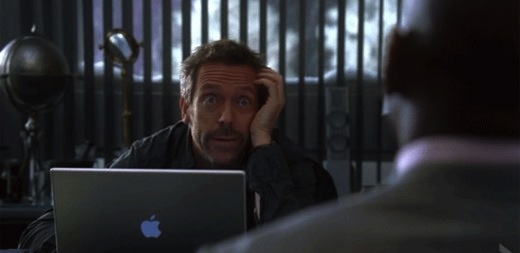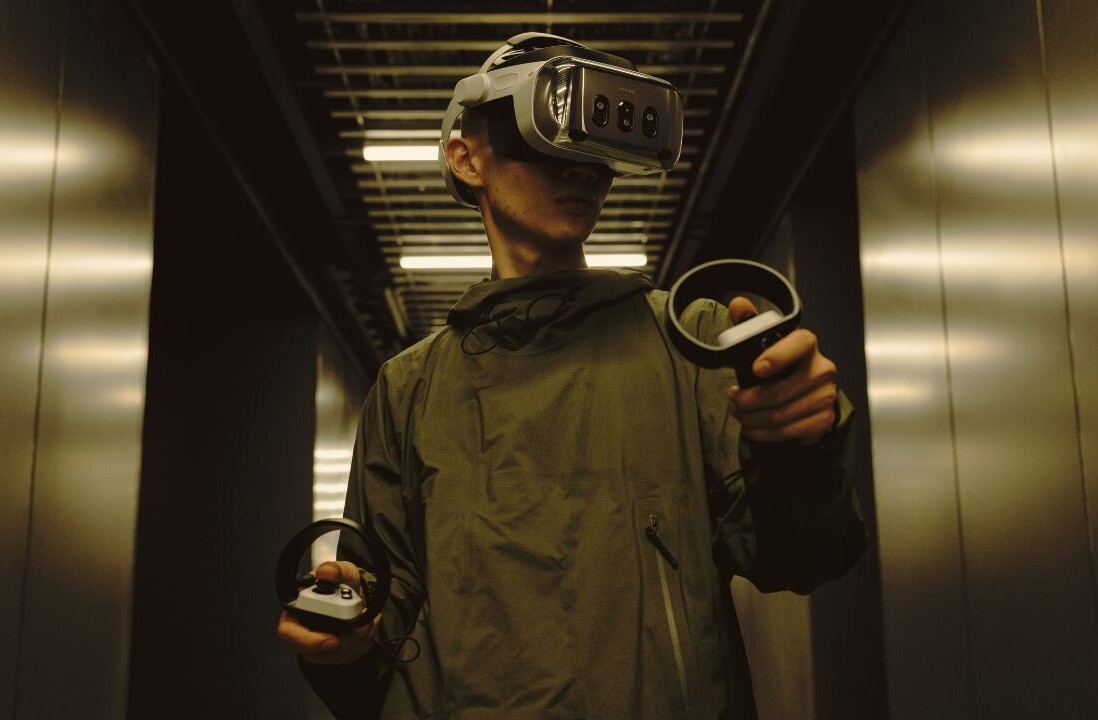
Having secured top spot for product placements in television and films in 2010, it’s not surprising that the world’s biggest technology company has ranked first again in 2011, with its products appearing in 42.5% of number one films at the US Box Office over the course of the year.
The Cupertino-based company took the 2011 Award for Overall Product Placement in the Brandcameo Awards, with its products appearing in 17 of the 40 number one Box Office films. This year saw product placements increase for the company, growing its 30% share in 2010, but couldn’t hit its ten year peak of appearing in almost half (20 of 41) of number one films in 2009.
That said, Apple has already appeared in 50% of number one films in 2012.
Dell, Chevrolet and Ford tied for second place, appearing in 22.5% of the top films. Cadillac, Coca-Coca and Mercedes-Benz all appeared in 17.5% of the #1 films.
BrandChannel reports that as a result of its strong showing in the media, particularly over the past few years, Apple products have now appeared in more than a third of all number one films at the US Box Office between 2001 and 2011. At least one Apple device or computer has been seen in 129 of the 374 number one films during that period.
That puts it behind Ford (with 153 of 374) but ahead of Coca-Cola (103 of 374), which placed third.
The interesting thing to note is that Apple products appeared in many more films that didn’t top the Box Office charts. This included (and there are many more): What’s Your Number, Trust, One Day, Friends with Benefits, The Muppets and Girl with The Dragon Tattoo.
Whilst it’s not easy to quantify how all that product placement affected sales, Front Row Analytics used its placement analytics platform to predict that in the five minutes that Apple spent on the screen in Mission Impossible: Ghost Protocol, Apple would have seen value of over $23 million.
According to BrandChannel, Front Row’s analysis takes into account the total theatrical distribution, gross box office receipts, product location factoring, integration of product into script/scenes, product affinity, appearance value and additional parameters to isolate the overall impact the product has in the film.
It’s a staggering amount, especially when you consider Apple doesn’t pay a dime for coverage (well, it insists it doesn’t). Whether this can be labelled product placement remains to be seen, typically brands pay movie studios to have their products featured, but it shows filmmakers are looking to get the most current technology brands and trends represented in their releases.
Get the TNW newsletter
Get the most important tech news in your inbox each week.





